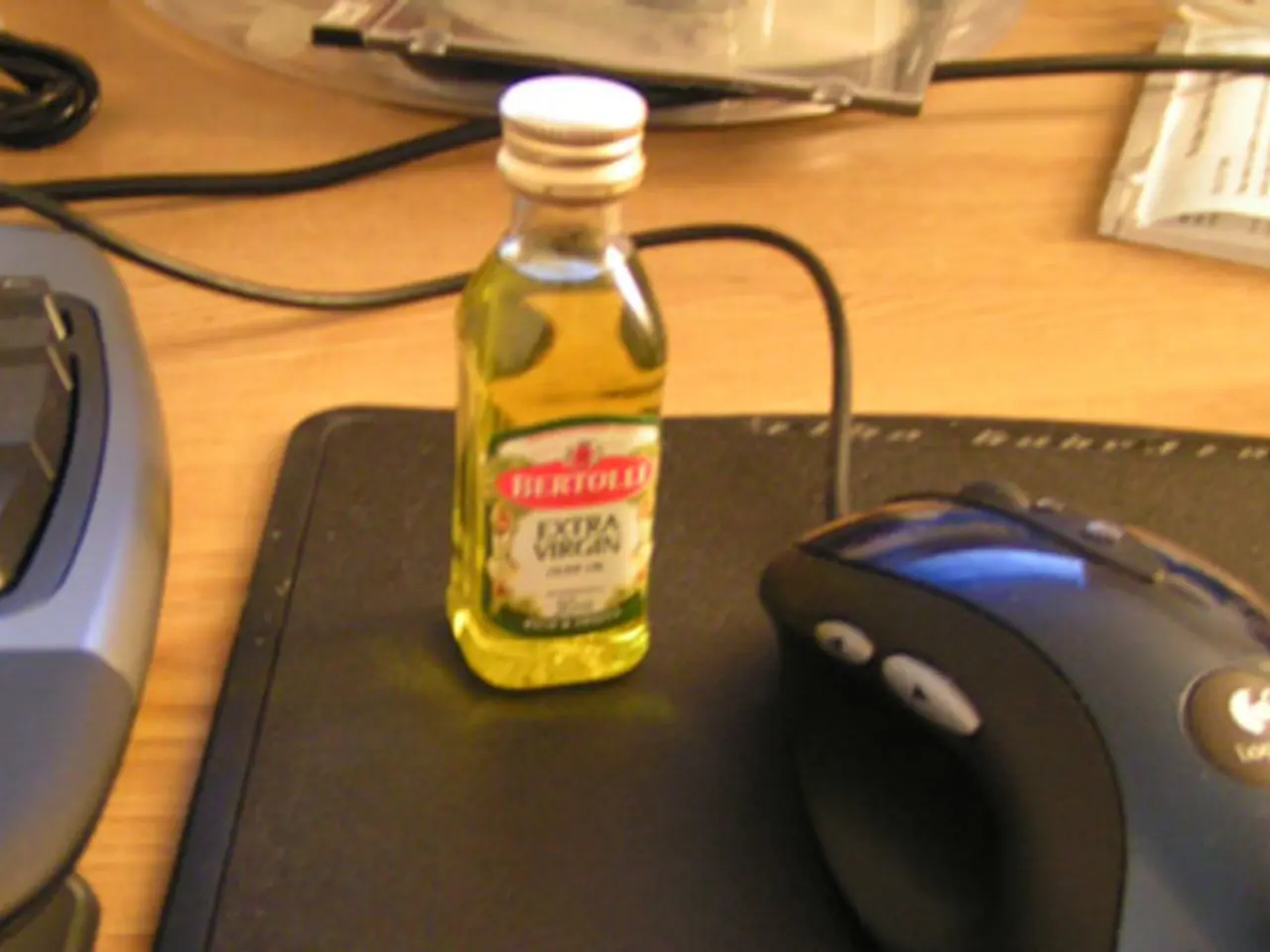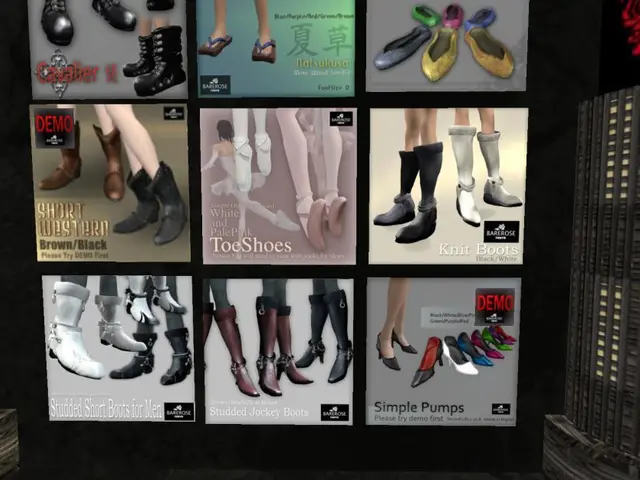Experienced the debut voyage of my Nintendo Switch 2: highlighting 3 favored aspects and 2 less preferred ones.
The much-anticipated Nintendo Switch 2 has hit the market, offering a solid lineup of games, improved controllers, and an adjustable stand for Tabletop Mode. However, two areas that could use some fine-tuning are download speeds and battery life.
While the Nintendo Switch 2 boasts faster download speeds compared to the original Switch, especially when connected via 5G Wi-Fi or Ethernet, some users have reported inconsistent speeds or delays during downloads. These issues may stem from network settings or interference rather than the console's hardware itself.
To optimise download speeds, Nintendo Switch 2 users are advised to connect the console directly to the router using an Ethernet cable, adjust MTU values, change DNS settings, reset home internet, and use high-quality microSD Express cards designed for high throughput.
On the other hand, the battery life of the Nintendo Switch 2 has been a point of contention, with some users finding it inadequate for long domestic journeys. This inconvenience may necessitate the use of portable chargers or in-flight charging for uninterrupted gameplay.
Despite these challenges, the Nintendo Switch 2's larger size and improved controllers make it more comfortable for extended gaming sessions. Games such as Cyberpunk 2077 and The Legend of Zelda: Breath of the Wild are among the titles available on the console, offering a diverse selection for gamers.
In conclusion, while the Nintendo Switch 2 offers a range of improvements over its predecessor, users may need to pay attention to network settings and battery management to fully enjoy the console's capabilities. With a few adjustments, users can enhance their download experience and ensure uninterrupted gameplay during longer gaming sessions or trips.
The Nintendo Switch 2's download speeds, though faster than the original Switch, may still experience inconsistencies or delays due to network settings or interference, requiring users to employ methods like connecting directly to the router using an Ethernet cable, adjusting MTU values, and using high-quality microSD Express cards. In terms of battery life, some users find it inadequate for prolonged domestic journeys, necessitating portable chargers or in-flight charging for continuous gameplay.




